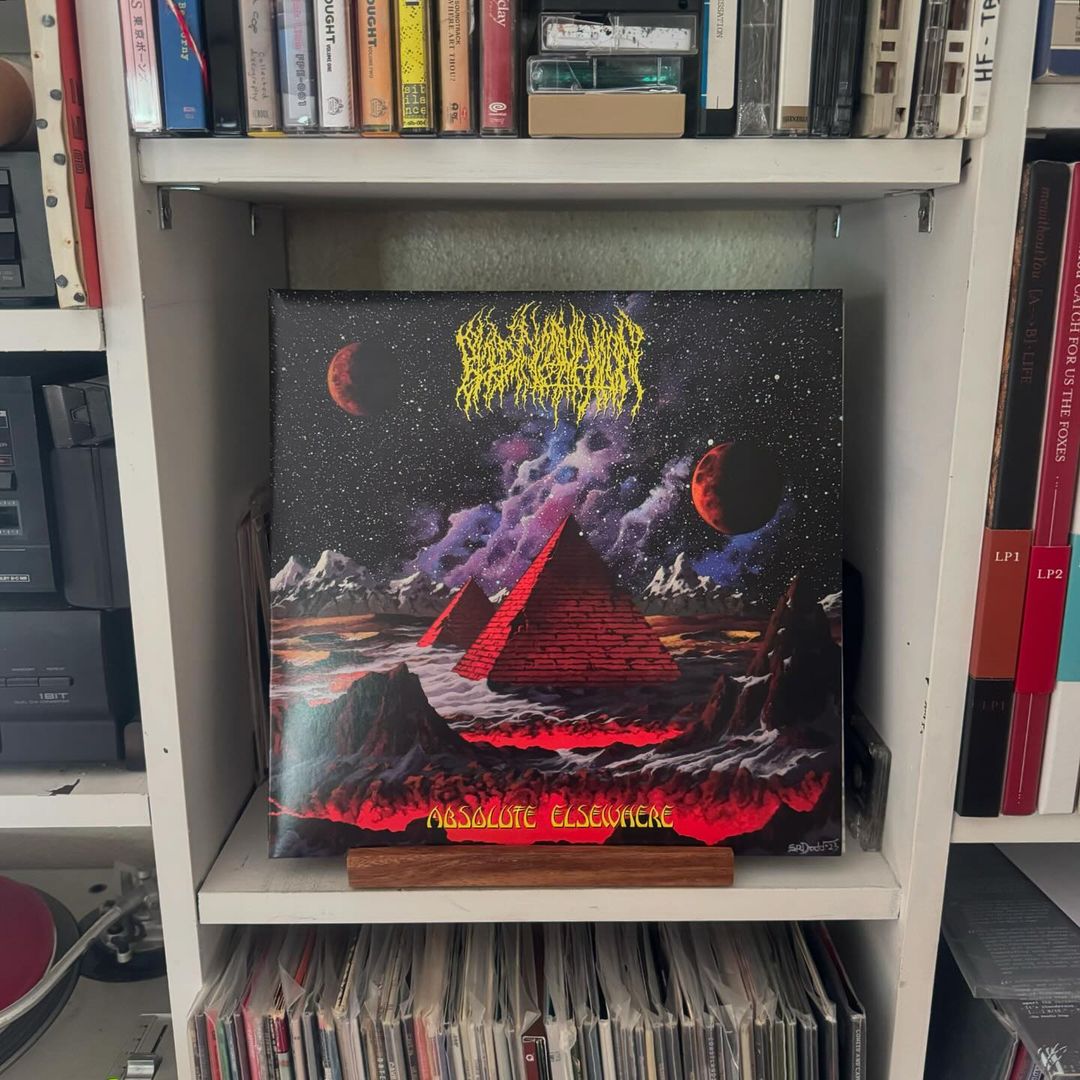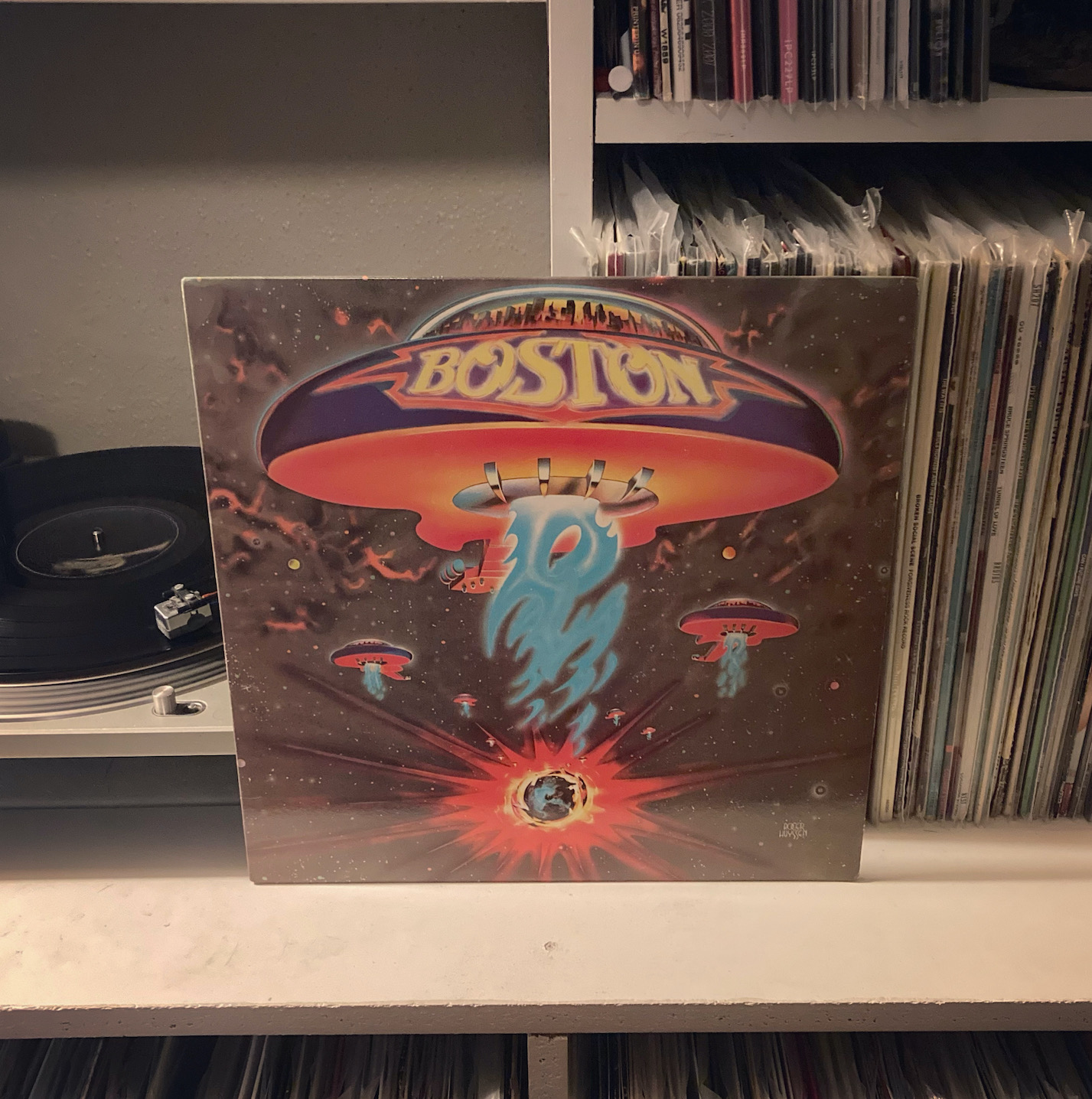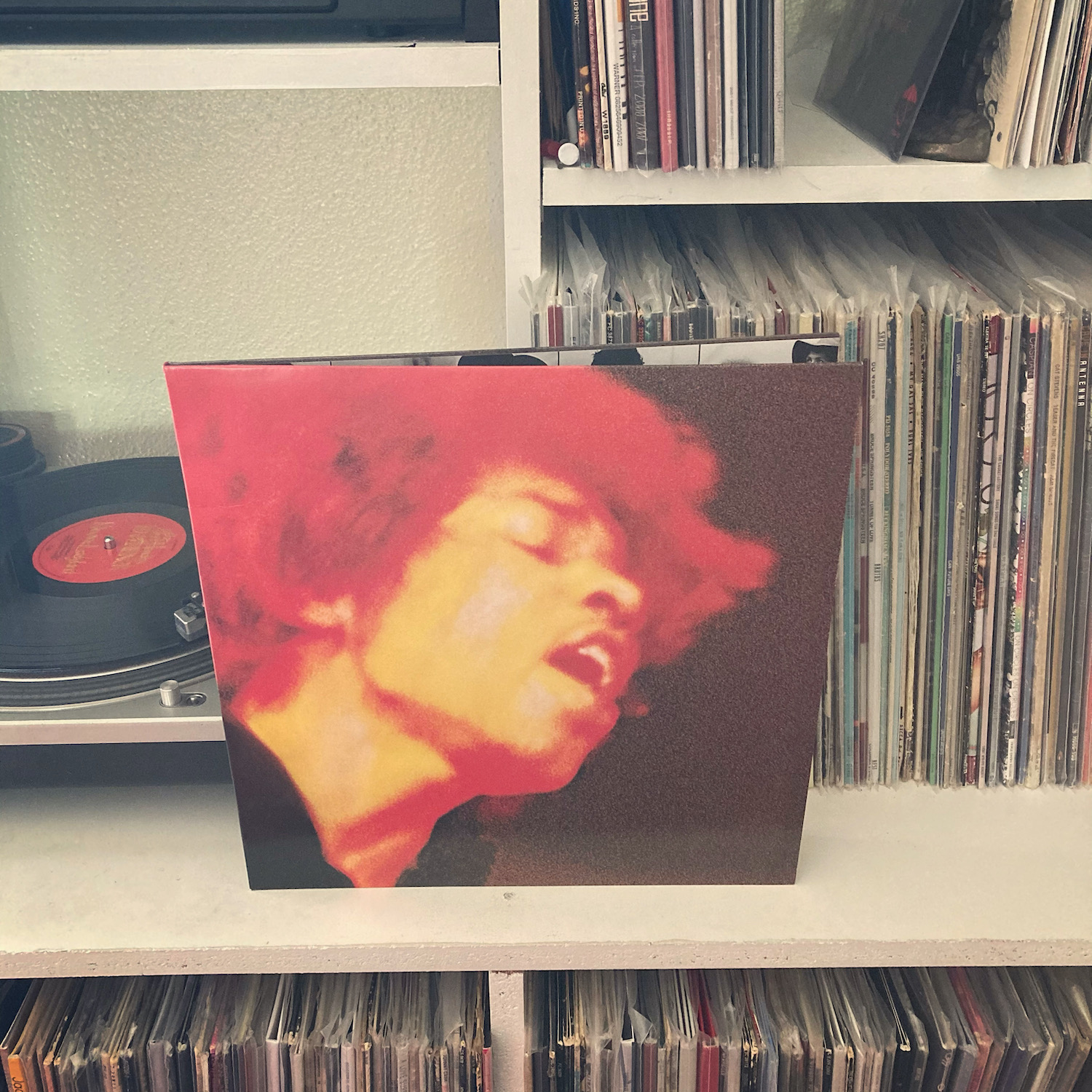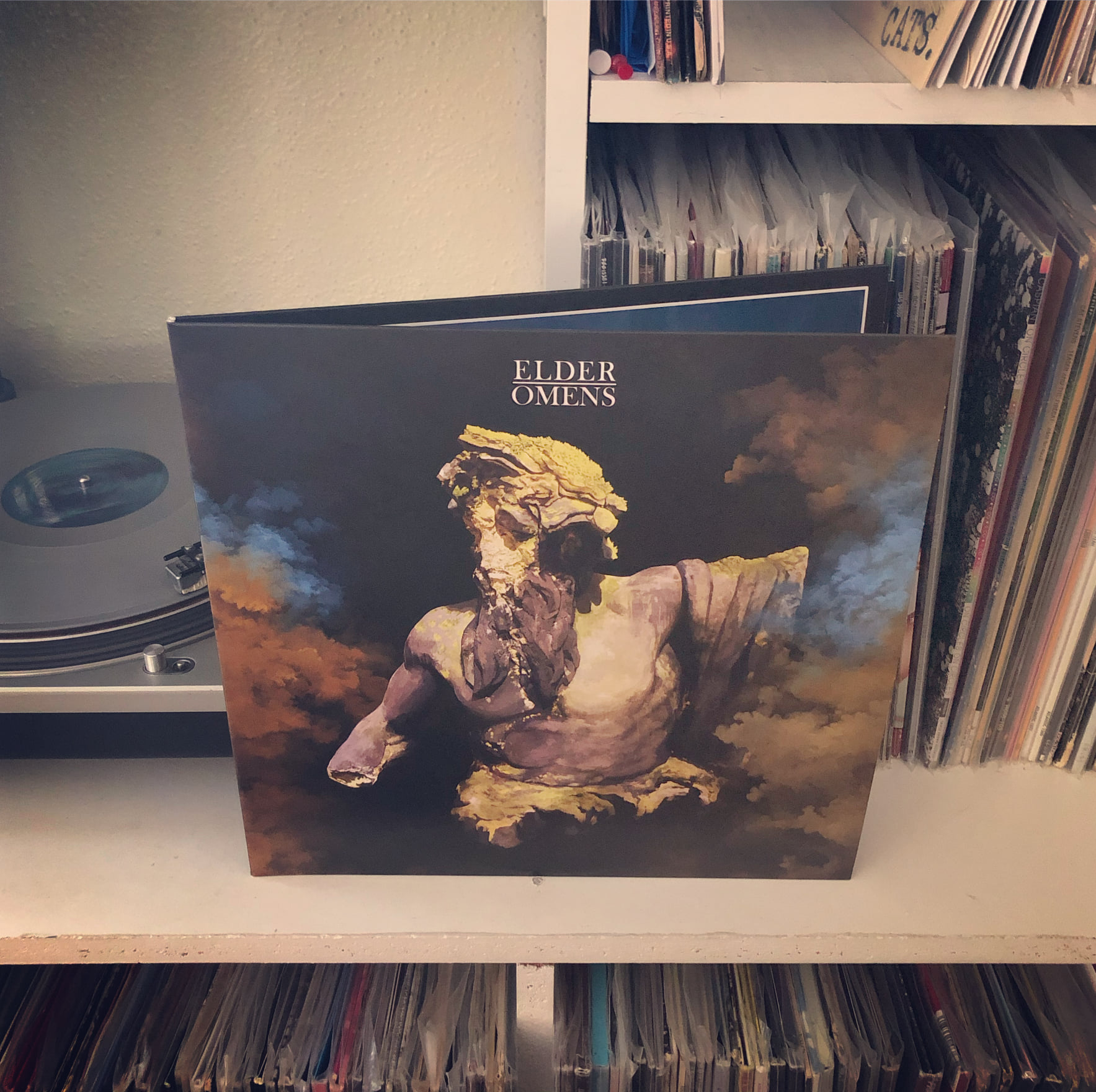
When a band releases a seminal, genre defining record, the follow up can be a bit tricky. After the third-eye opening death metal opus of Hidden History of the Human Race, I wasn’t sure where else Blood Incantation could go. That record perfectly mixed their death metal brutality and proggy sonic exploration in a way that neither undermined the other.
Well…at least it seemed perfect until Absolute Elsewhere. While their brand of punishing death metal is still at the beating heart of this record, it strays further from that center than ever before. I’m not sure anyone could do a better job of explaining it than vocalist/guitarist Paul Reidl, who said it sounds “like the soundtrack to a Herzog-style sci-fi epic about the history of/battle for human consciousness itself, via a ’70s prog album played by a ’90s death metal band from the future.”


 Coheed & Cambria attracts a lot of criticism for their… whole deal. Sci-fi prog rock concept albums based on a comic book written by the lead singer who then sings about genetic wars and space armadas in an androgynous elf voice isn’t exactly a recipe for mainstream success. But at their best, Coheed has a gift for wrapping these weirder elements up in sugary sweet pop hooks and classic rock tropes.
Coheed & Cambria attracts a lot of criticism for their… whole deal. Sci-fi prog rock concept albums based on a comic book written by the lead singer who then sings about genetic wars and space armadas in an androgynous elf voice isn’t exactly a recipe for mainstream success. But at their best, Coheed has a gift for wrapping these weirder elements up in sugary sweet pop hooks and classic rock tropes. Whenever a new technology makes its way into music—such as autotune, synthesizers, samplers, or drum machines—it’s often accompanied by a chorus of naysayers saying things like, “you’d never see a REAL musician like Jimi Hendrix using that crap.”
Whenever a new technology makes its way into music—such as autotune, synthesizers, samplers, or drum machines—it’s often accompanied by a chorus of naysayers saying things like, “you’d never see a REAL musician like Jimi Hendrix using that crap.” Three years ago, I fell in love with Elder’s Reflections of a Floating World, an interplanetary blend of doom metal, psychedelic rock, Krautrock, and prog.
Three years ago, I fell in love with Elder’s Reflections of a Floating World, an interplanetary blend of doom metal, psychedelic rock, Krautrock, and prog.


